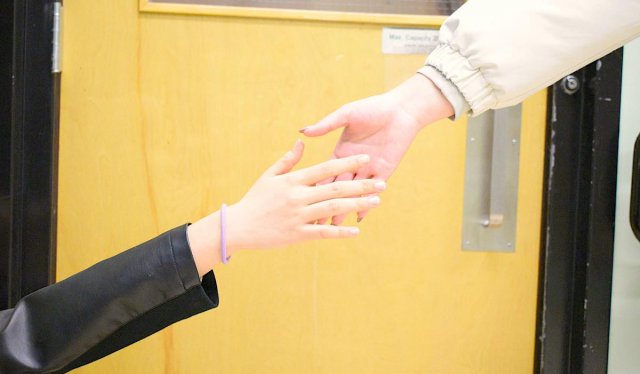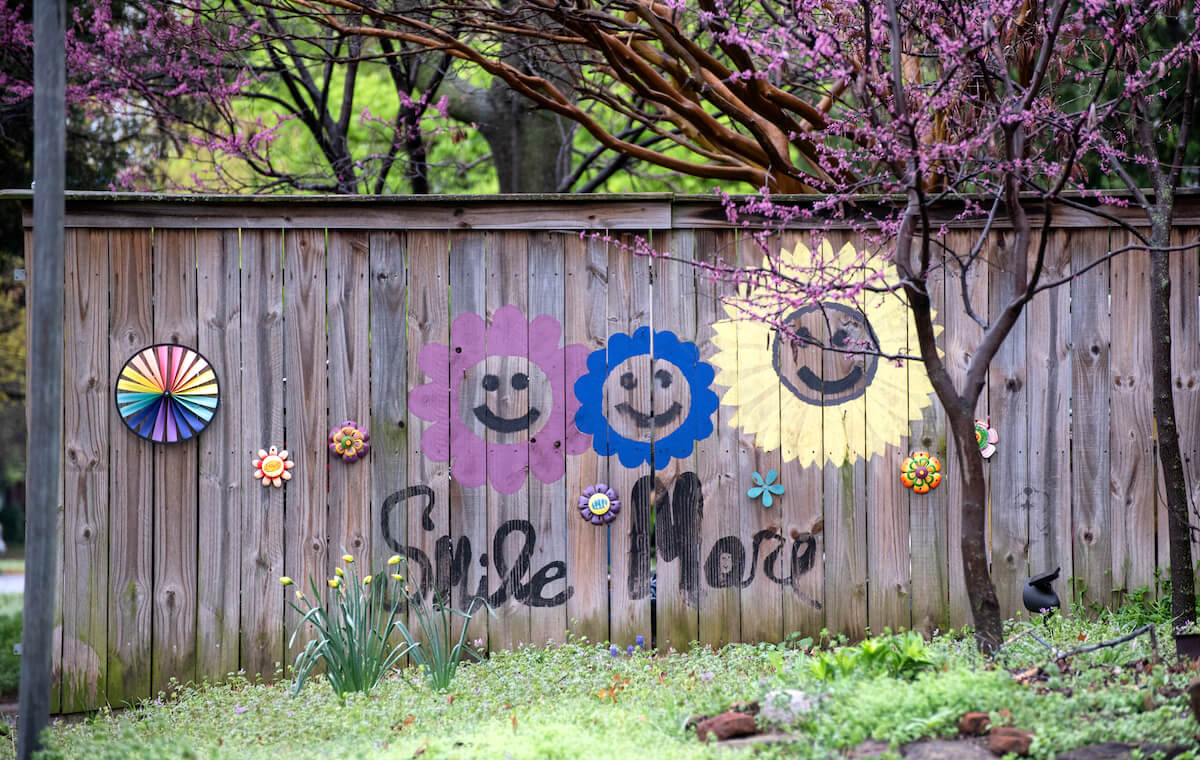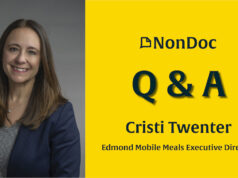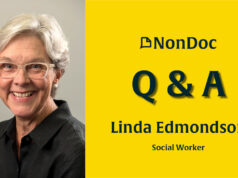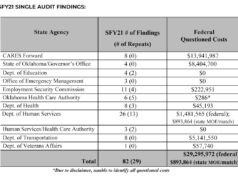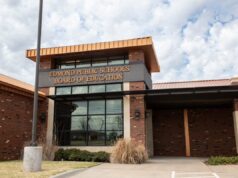The COVID-19 pandemic really struck home for Oklahoma City — and perhaps for a lot of the country — on March 11, when a Thunder game was canceled just before tip-off because a Utah Jazz player had tested positive for the virus. With the eerie image of referees awaiting a decision on the court fresh in our minds, we found ourselves asking, What’s next?
In the following days, it became unsettlingly clear the Thunder wasn’t the only organization without a playbook for a global pandemic. In the nonprofit and philanthropic community, which exists precisely to step up in times of need, people have been forced to navigate an unprecedented moment without a clue about what to expect in terms of community needs or how best to meet them.
The COVID-19 crisis is changing many of the fundamental systems of daily life, and these changes have had a dramatic impact on how nonprofits function. Many nonprofits are scrambling to maintain the funding needed to pay their staff and overhead, just as for-profit businesses are, but with the additional challenge of meeting the growing needs of their constituents in the face of uncertainty.
The pandemic has illuminated the essential role the nonprofit sector plays in society, but it has also revealed the ways in which society falls short of providing for its most vulnerable. It’s time to reflect on the role of the nonprofit sector and to become more collaborative as we adapt for a post-COVID world.
Nonprofits are facing a new normal
COVID-19 is a blaring searchlight exposing racial and socioeconomic inequity. For instance, I work for the education-focused nonprofit Generation Citizen. A pattern we are seeing is that the demands of distance learning are particularly hard on students and teachers in already underserved communities. The current situation merely exacerbates the inequalities we see at the best of times. The same can be said within other sectors of society.
The vulnerable populations nonprofits serve are experiencing not only the risks of the pandemic but also a threat to their most basic needs: food, shelter and wellness. The nonprofit community has to be agile in recognizing and meeting these needs. We must be prepared to listen and learn like never before.
This is also a time for the nonprofit sector to renew its dedication to transparency — even uncomfortable transparency. Economic crises are particularly hard for nonprofit organizations, because new expenses emerge as needs go up, and funders facing challenges of their own might decrease their support. It can be difficult to reach out to funders about needs in times like these, but it is also necessary. Nonprofit leaders will also have to make tough staffing and program choices while keeping the mission at the center of decision making. Many organizations will be facing reduced funding and capacity just when they are needed the most and they must meet these challenges with communication and transparency for all concerned.
Usually, spring is the fundraising season, with events happening every other evening. Now they have come to a halt. Organizations will have to innovate, by listening to the needs of those they serve and responding with intention. Nonprofits must elevate and celebrate the lives and stories of the people we serve without ever exploiting their plight. They must have a clear mission and not drift from that mission. This is a time for nonprofits to recognize the boundaries of the work they do and expand their reach through cooperation and collaboration.
Nonprofits will need the support and participation of the community
Despite the challenges we’re facing now, the nonprofit sector remains uniquely positioned to ensure a more equitable and sustainable future for our communities. Nonprofits are inherently nimble, continually adapting to the shifting landscape of need, which government agencies can rarely afford to be. Nonprofits are also answerable to the public in a way that for-profit companies are not, and this allows them to work not for the gain of a few but for the good of the wider community.
RELATED
During the COVID-19 crisis, consider your mental health by Andy Moore
But surviving and thriving during these times will require all corners of society to increase the attention paid to the needs of the most vulnerable.
The nonprofit sector needs to know which populations — that is, which of our neighbors — will be hardest hit, not only to continue providing services where possible, but also to facilitate a wider collaboration to advocate for smart public policy that will systematically improve our future. Nonprofits must continue their work in a way that strengthens the case for more robust public services while holding our government agencies accountable.
One thing that has quickly become clear in the midst of this pandemic is the need for cross-sector, collaborative infrastructure in order to coordinate between nonprofits, the government, and private companies. In Oklahoma, we have more than 19,000 nonprofit organizations, and the people who run them care deeply about doing vital work in their communities. But in a time of crisis, we must ask ourselves: Is that enough?
Nonprofits exist to extend benevolence, but that benevolence is necessary because of gaps in the services provided by government agencies and for-profit organizations. It is when the community comes together across sectors — for instance, when a food bank partners with private supporters and public schools to provide meals for kids — that we can most efficiently and effectively identify and meet needs as they arise.
Nonprofits at their best exist to improve our communities and enrich lives. Likewise, nonprofit employees have made it their livelihood to serve others, and we are grateful to be able to provide that service. These are challenging times, but it is in the midst of such challenges that we build stronger communities, because we are forced to recognize our interconnectedness. This is the true Oklahoma spirit that can and should arise from this moment — but only if we come together with radical intention and transparency. Let’s get to work.









